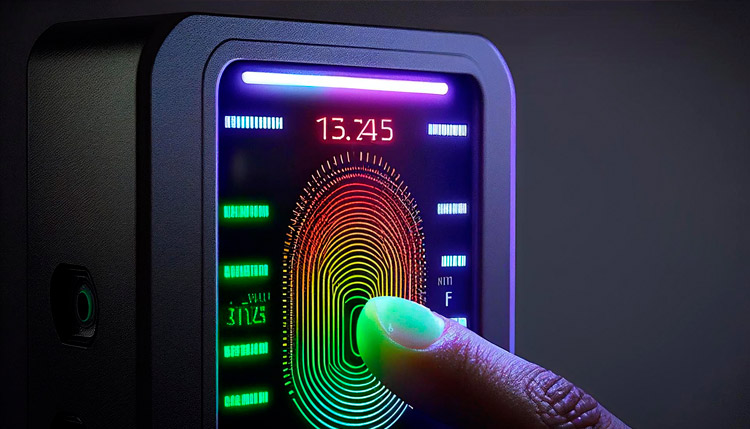
Access Control in a Data Center
When it comes to data security, one of the most important measures you can take is implementing access control. This strategy helps ensure that only authorized individuals can view and modify sensitive data.
By restricting access, you can minimize the risk of malicious actors gaining access to your systems and potentially compromising your networks and confidential information.
There are several ways to implement access control, so it’s important to tailor the solution to meet your organization’s specific needs.
In this blog post, we’ll discuss access control’s benefits and provide examples of how it can be deployed in a data center setting. We’ll also highlight some best practices for maximizing its effectiveness. Read on for more!
What is Access Control?
Access control is a system that manages the permissions for users and systems to access resources in a network or an organizational boundary. Resources include files, folders, applications, printers, and other devices.
Access control mechanisms can be based on:
- Something the user knows (such as a password)
- Something the user has (such as a security token)
- Something the user is (such as a fingerprint, iris or facial recognition).
Access controls protect information and resources from unauthorized use or access.
Protect Your Data with Access Control
When it comes to protecting sensitive data, access control is a crucial tool. By setting strict permissions, only authorized individuals can access the information they need while preventing unauthorized users from gaining access.
This can come from passwords, biometric authentication, or physical keycards. In addition to setting access control measures, it’s important to regularly update and review them to ensure they meet current security needs.
For example, a team member leaving the company may require their access to be revoked, or updated passwords may need to be implemented. Organizations can better protect their valuable data and prevent security breaches by staying on top of these measures.
It is important to employ best practices with access control to protect your data. Here are five tips for doing so:
- Establish a strong password policy and require employees to use strong passwords with a biometric attribute.
- Restrict access to data on a need-to-know basis.
- Use multi-factor authentication whenever possible.
- Regularly audit user access permissions.
- Implement a data loss prevention (DLP) solution.
Conclusion
Access control is a vital measure that any responsible data center should take regarding data security. By ensuring that only authorized personnel can access sensitive areas of the facility, you can help protect your data and minimize the risk of a breach. Contact us today if you want to improve your data center’s security. Our team of experts can help you assess your needs and implement an effective access control solution. For more information, please write to info@trueid.in











